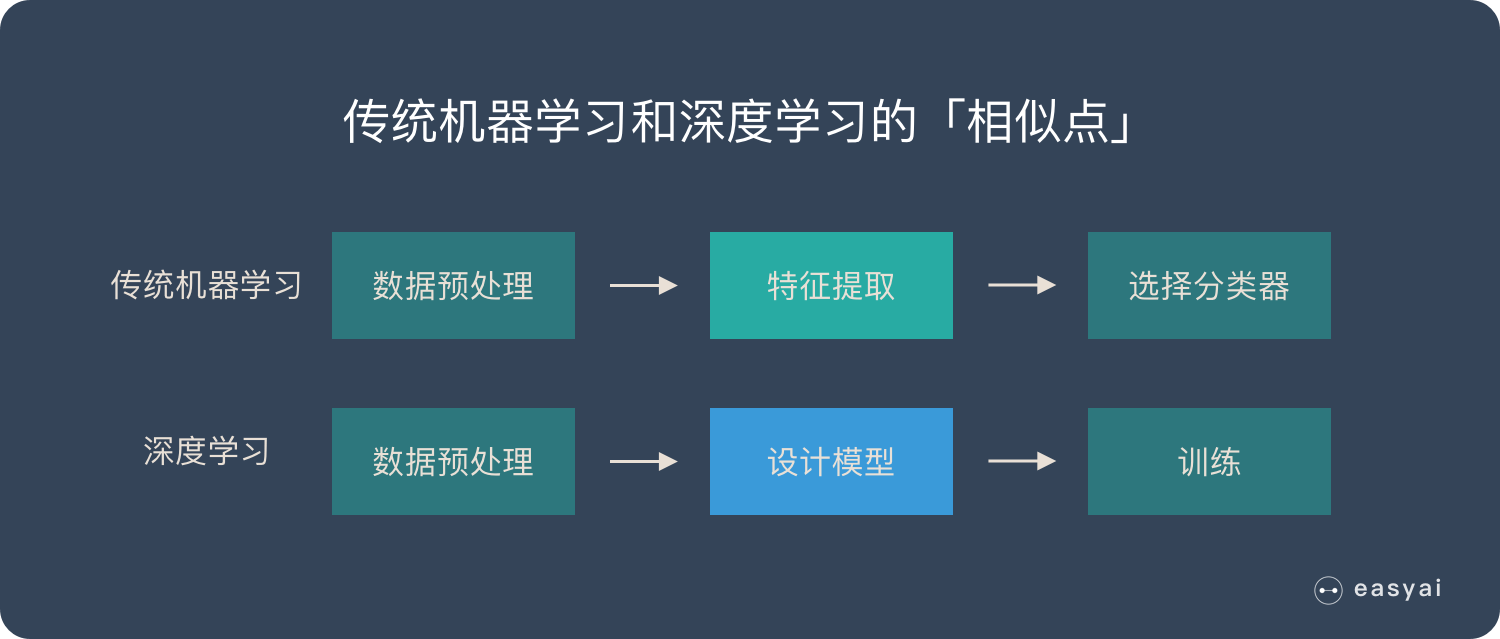机器学习的基础概念:
Machine learning is a branch of AI that teaches computers to learn from data and improve with experience, without being explicitly programmed.
Machine Learning(Wikipedia)
What is machine learning?(Machine learning, explained | MIT Sloan)
Machine learning is a subfield of artificial intelligence, which is broadly defined as the capability of a machine to imitate intelligent human behavior. Artificial intelligence systems are used to perform complex tasks in a way that is similar to how humans solve problems.
The goal of AI is to create computer models that exhibit “intelligent behaviors” like humans, according to Boris Katz, a principal research scientist and head of the InfoLab Group at CSAIL. This means machines that can recognize a visual scene, understand a text written in natural language, or perform an action in the physical world.
Machine learning is one way to use AI. It was defined in the 1950s by AI pioneer Arthur Samuel as “the field of study that gives computers the ability to learn without explicitly being programmed.”
15种经典机器学习算法[转]
| 训练方式 | |
|---|---|
| 线性回归 | 监督学习 |
| 逻辑回归 | 监督学习 |
| 线性判别分析 | 监督学习 |
| 决策树 | 监督学习 |
| 朴素贝叶斯 | 监督学习 |
| K邻近 | 监督学习 |
| 学习向量量化 | 监督学习 |
| 支持向量机 | 监督学习 |
| 随机森林 | 监督学习 |
| AdaBoost | 监督学习 |
| 高斯混合模型 | 非监督学习 |
| 限制波尔兹曼机 | 非监督学习 |
| K-means 聚类 | 非监督学习 |
| 最大期望算法 | 非监督学习 |




